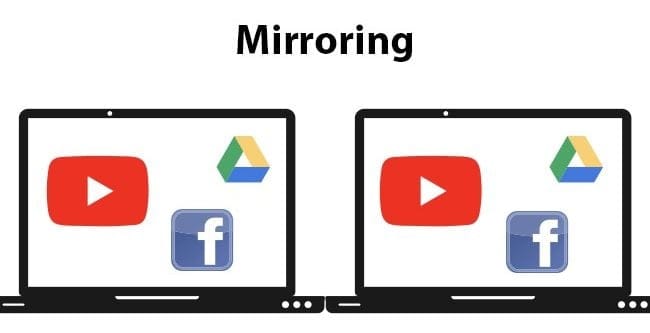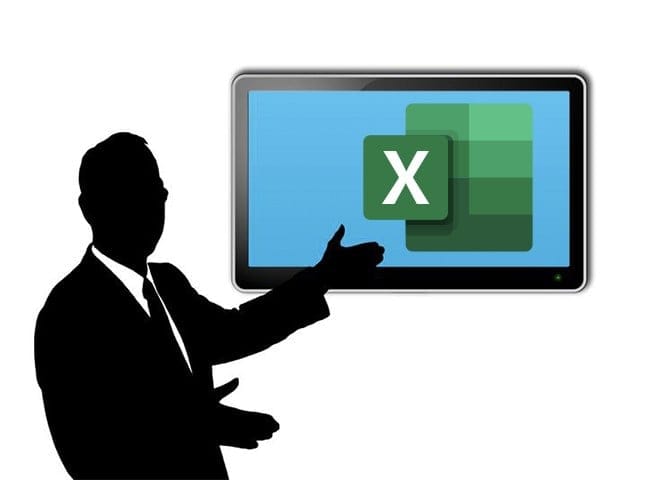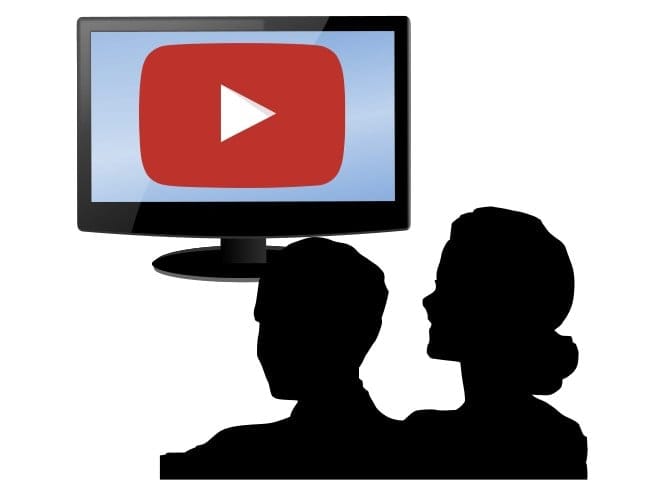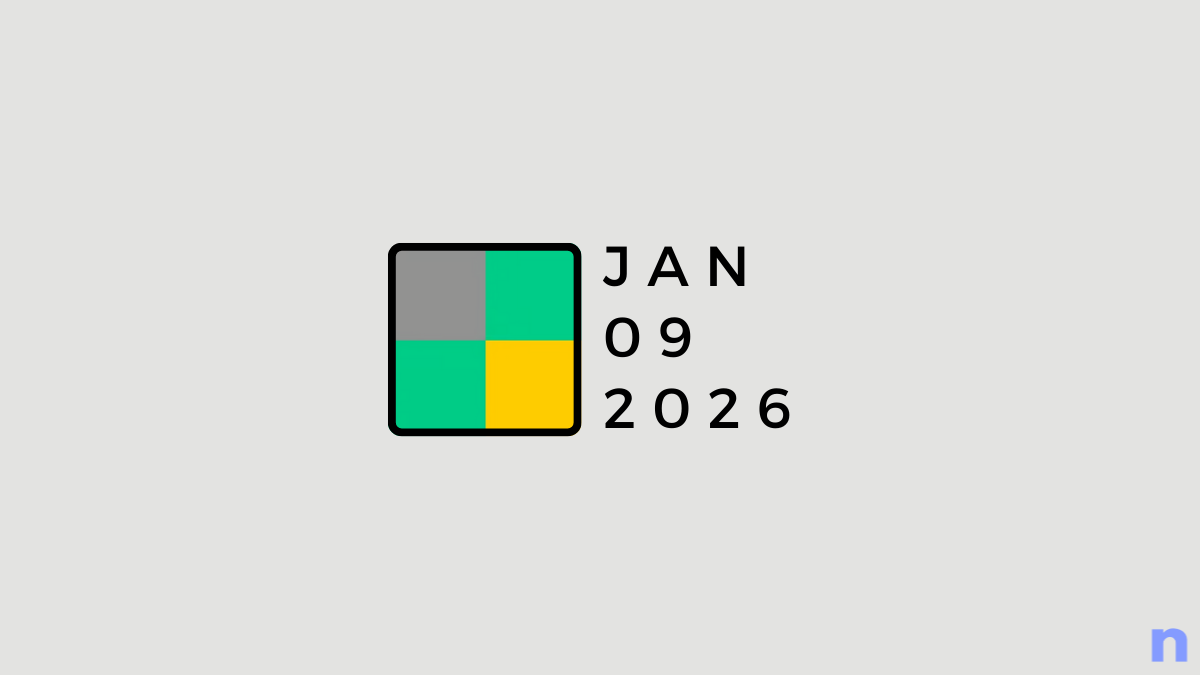Nowadays, with people at home more than ever and in need of ways to share real-time information online or maximize their ease of use when it comes to content consumption, both Screen Mirroring and Casting are seeing an immense surge in interest.
However, as with any technological proliferation, there exists some understandable confusion regarding the nuances of Casting vs Mirroring, how they’re different and which scenarios they lend themselves to best. Down below we’ll run you through the most important points to consider when deciding between casting and mirroring.
Casting vs Mirroring: The Difference
While the two features share some significant overlap in their use-cases, they are completely different technologies. There are key deviations between the two that can become the difference-maker when choosing between the two for a specific case. But first, let’s talk about what each one is and the functions they serve.
Mirroring

Mirroring is, as the name suggests, a 1:1 replication of your primary screen on a secondary display, such as a TV or external monitor. It is, quite literally, a live feed of everything going on on the primary display — everything — being mapped across the entirety of the second display.
This is often accomplished with the old HDMI cable, though wireless mirroring is steadily replacing wired screen mirroring as more and more software packages cater to specific use-cases and more devices adopt mirroring features. Apple Airplay and Samsung Galaxy Smart View are a few common in-built wireless mirror features in use, though numerous other software applications exist to accomplish the same goal.
Casting

Casting refers to sending content from one device to be played on another device, rather than a live feed of the first device’s entire screen. While casting, the projected content is played only on the secondary display, leaving your device free for other use. A common example of casting is sending a YouTube video from one’s phone to a Chromecast hooked up to a TV.
Casting vs Mirroring: What to Choose and Why
Mirroring

Because Mirroring projects everything from the primary display onto the seconday display, it is useful for those looking to make demonstrations across software packages or show step-by-step processes, as well as those who don’t have a singular data package to transmit like a video or a song.
For example, art teachers online looking to demonstrate how to gather reference through google and then import it into their creative package would be better off doing it live, showing their google search and shifting over to Photoshop to demonstrate rather than recording a video and casting it.
Another common use-case would be a person in an office meeting doing a live demonstration, be it flicking through slides or working on a digital whiteboard — the key difference is that by mirroring, users have access to displays on both devices, and the ability to show what they are doing and how they are doing it.
Casting

Casting, on the other hand, involves projecting the what onto the secondary display only. This is an excellent feature for those looking to play something on a display they prefer over their own device.
For example, casting a YouTube video from their phone to a Chromecast hooked up to a larger TV. In this case, Casting has a few notable advantages over mirroring; Mirroring projects the display of the primary display, aspect ratio included, so casting the phone onto a large landscape-oriented TV loses out on much of the visual real-estate available on the bigger screen.
Casting also lets you use your primary device for separate tasks without projecting them on the screen — the casting runs in the background, while you have full use of your device. This is especially important for privacy concerns; Nobody wants an awkward iMessage popping up while they’re mirroring to their entire office or for their class of second graders over Zoom.
And that’s pretty much all there is to casting and mirroring. Remember that both can be used interchangeably for most intents and purposes — but that the devil is always in the details!













Discussion